IPT and I-T-F Updates
There is room on this Saturday’s Gatorland In-the-Field Workshop. Scroll down for details. There are only 4 slots left on the UK Puffins and Gannets IPT and on the NOV 29-DEC Bosque IPT. The St. Augustine, Fort DeSoto, Nickerson Beach, and the Bosque Creative IPTs all have lots of room. Click here for complete IPT details.
Used Canon and Nikon Gear for Sale
There are some great buys available on a variety of super-telephotos lenses as well as a few camera bodies. Scroll down for details.
The Streak Continues: 153
This post marks 153 straight days with a new educational blog post. With so many folks getting in the habit of using our B&H links and our Amazon logo-links why quit now? To show your appreciation for my efforts here, we do ask that you use our the B&H and Amazon affiliate links on the right side of the blog for all of your purchases. Please check the availability of all photographic accessories in the BIRDS AS ART Online Store, especially Gitzo tripods, Wimberley tripod heads, and the like. We sell only what I used, tested, and can depend on. We will not sell you junk. We know the tools that you need to make creating great images easy and fun. And we are always glad to answer your gear questions via e-mail.
You can find the following items in the store: Gitzo tripods, Mongoose M3.6 and Wimberley heads, plates, low feet, and accessories, flash brackets, , Delkin e-film Pro Compact Flash Cards, LensCoat products, and our unique line-up of educational materials including ABP I & II, Digital Basics, Site and Set-up e-Guides, Canon and Nikon Camera Users and AF e-Guides, and MP-4 Photoshop video tutorials among others.
I would of course appreciate your using our B&H affiliate links for all of your major gear, video, and electronic purchases. For the photographic stuff mentioned in the paragraph above we, meaning BAA, would of course greatly appreciate your business. Here is a huge thank you to the many who have been using our links on a regular basis and visiting the BAA Online store as well.
This post took 4 hours (including the time for the image optimizations) to create. Enjoy!
|
This image was created at Gatorland on Saturday March 22, 2014 at 4:32pm on a mostly cloudy afternoon with the Canon EF 200-400mm f/4L IS USM Lens with Internal 1.4x Extender hand held (???) at 200mm with the Canon EOS-1D X. ISO 800. Evaluative metering +2/3 stop as framed: 1/100 sec. at f/6.3 in Av mode. AWB. Three sensors up and two to the left of the central Sensor/AI Servo-Surround/Rear Focus AF just below and behind the bird’s neck was active at the moment of exposure. Practicing so that you are able to change AF sensors almost instantly is an important skill to work on. Learn everything there is to know about the 1D X and 5D III AF systems including how to manage the various AF Area Selection Modes, when to use which one, and several ways to move the AF sensor around in my 1D X AF Guide and the 5D Mark III User’s Guide. Click here to see the latest version of the Rear Focus Tutorial. Click on the image to see a larger version. . This JPEG was created from the large embedded JPEG that is automatically created with each RAW capture with all Canon and Nikon bodies even though they are set to RAW only. It has not been optimized.
|
Seeing the Situation and Setting the Scene
One of the strategies that I teach at both Gatorland and St. Augustine is that it is better to get in the habit of walking around looking for good situations than it is to stand in one spot and make lousy images in a poor situation. Of course, most folks that I see in the field simply do not understand what makes a bad situation and what makes a good situation.
Here, I took a walk with my 200-400–I do not think that I used a tripod for any of the images here–and took a walk past the tower. I came across the bird in the image above and began creating head portraits with the 2-4 with the internal TC engaged; see below for those. After five minutes I walked back to let the 3 In-the-Field participants know that I had found a good situation. We wound up photographing the bird for more than a half hour. It was very close to the boardwalk and very tame.
I created the image above with the very poor head angle as an educational image to show folks what we were dealing with. The bird spent a good deal of its time looking to its right, looking away from us. It did not respond to spishing so we needed to be patient. As you can see, with all the clutter this was not a good situation for those who wanted a photograph of the whole bird….
|
Like all the images here, this one was created at Gatorland on the mostly cloudy afternoon of Saturday March 22. For this one I used the Canon EF 200-400mm f/4L IS USM Lens with Internal 1.4x Extender (hand held with the internal TC engaged at 533mm) with the Canon EOS-1D X. ISO 400. Evaluative metering +2/3 stop as framed: 1/125 sec. at f/6.3 in Av mode. AWB. One row up and two sensors to the left of the central Sensor/AI Servo-Surround/Rear Focus AF just below the bird’s eye was active at the moment of exposure. Again, practicing so that you are able to change AF sensors almost instantly is an important skill to work on. Learn everything there is to know about the 1D X and 5D III AF systems including how to manage the various AF Area Selection Modes, when to use which one, and several ways to move the AF sensor around in my 1D X AF Guide and the 5D Mark III User’s Guide. Click here to see the latest version of the Rear Focus Tutorial. Click on the image to see a larger version. Image #1: Long and Lean with Green Background
|
The Potential
With the bird no more than a dozen or so feet from the boardwalk, I engaged the internal TC, rested the lens on the railing, and went to work creating head portraits. Going to a long focal length allowed me a narrow angle of view that reduced background clutter. Choosing different perspectives allowed me to control the look of the background.
Image Question
As compared to the opening scene setting image, why did I move to my left to create this image?
|
This image was created with the Canon EF 200-400mm f/4L IS USM Lens with Internal 1.4x Extender (hand held with the internal TC engaged at 560mm) with the Canon EOS-1D X. ISO 800. Evaluative metering +1/3 stop as framed: 1/1000 sec. at f/5.6 in Av mode. AWB. One sensor up from the central Sensor/AI Servo-Surround/Rear Focus AF fell squarely on the bird’s eye and was active at the moment of exposure. To beat the dead horse, practicing so that you are able to change AF sensors almost instantly is an important skill to work on. Learn everything there is to know about the 1D X and 5D III AF systems including how to manage the various AF Area Selection Modes, when to use which one, and several ways to move the AF sensor around in my 1D X AF Guide and the 5D Mark III User’s Guide. Click here to see the latest version of the Rear Focus Tutorial. Click on the image to see a larger version. . Image #2: Adding Gator Grey
|
Gator Background
When a gator swam slowly into the frame–the night-heron paid him no mind–I was able to add a swath of grey by moving back to my right.
Depth-of-field Question
When it got a lot brighter as in the image above (compare the exposure settings with those of the previous images), why did I opt not to stop down smaller than f/7.1?
|
This image was also created with the Canon EF 200-400mm f/4L IS USM Lens with Internal 1.4x Extender (hand held with the internal TC engaged at 560mm) with the Canon EOS-1D X. ISO 400. Evaluative metering +2/3 stop as framed: 1/200 sec. at f/7.1 in Av mode. AWB. One sensor up from the central Sensor/AI Servo-Surround/Rear Focus AF fell squarely on the bird’s eye and was active at the moment of exposure. Click here to see the latest version of the Rear Focus Tutorial. Click on the image to see a larger version. . Image #3: The Variegated Background
|
When You’ve Got a Good Horse, Ride It!
On the first day of the recently concluded Tulip/A Touch of Holland IPT, many folks began taking one or two images of a given subject. Over the course of the workshop Denise and I taught the boys and girls by word and by example, that once they found a nice subject that they needed to work it carefully and extensively, varying their perspective, their framing, and the depth-of-field to ensure getting a shot that they would love.
Black-crowned Night-Heron is not an easy bird to photograph anywhere including Gatorland. After I found this one I wound up creating well more than 100 images. I am always amazed in such circumstances that a relatively small number of frames literally jump off the screen of my laptop and scream, “I am the one!” I share my four favorites with you here today.
Head Angle/Bill Sharpness Issues
The single factor that most influenced me to keep or delete was head angle. Those with the bird’s head angled away from the viewer were insta-deletes. Those with the head turned a bit too much towards me, even the usually pleasing 2-3 degrees, were also deleted as the limited depth-of-field left the bill tip soft. All of the keepers featured the bird’s head either square to the imaging sensor or turned ever-so-slightly toward me, 2 degrees at most as in image #3. When working tight you need to be acutely aware of head angle/bill sharpness issues.
|
For this one I used the hand held Canon EF 300mm f/2.8L IS II USM lens, the Canon Extender EF 2X III, and the Canon EOS 5D Mark III . ISO 400. Evaluative metering +2/3 stop off: 1/200 sec. at f/6.3 in Av mode. AWB. Two rows up and four sensors to the right of the Central Sensor/AI Servo-Surround/Rear Focus AF as framed on the bird’s eye was active at the moment of exposure. Learn everything there is to know about the 1D X and 5D III AF systems including how to manage the various AF Area Selection Modes, when to use which one, and several ways to move the AF sensor around in my 1D X AF Guide and the 5D Mark III User’s Guide. Click here to see the latest version of the Rear Focus Tutorial. Click on the image to see a larger version. . Image #4: 300 II/2X III Combo |
The Switch
At some point, Peter Hawrylyshyn, a multiple IPT veteran from Toronto, Canada wanted to try the 200-400 with the 1D X. So I removed my Delkin 64gb 1000X compact flash card, handed him the 2-4, grabbed my 300 II, added the 2X III TC, and went to work. Thanks Peter! Variety is the spice of life.
Your Favorite?
Do take a moment to let us know which of today’s four images is your favorite. And be sure to let us know why.
200-400 Hand Holding Tips & Techniques
If you missed the “200-400 Hand Holding Tips & Techniques” blog post, click here to learn a bunch about this great lens.
|
Join me at Gatorland next Saturday for a ton of learning. If you want to learn to use your flash and to make great photos in cluttered rookeries, you will not want to miss this one. Click on the composite image to enjoy a larger version. Click on the composite to enjoy the larger size. |
Another Gatorland Short Notice Saturday Full-Day In-the-Field Workshop
Saturday May 3, 2014. 7:15am till 10:15am & 4:00pm till dusk. Lunch, image review, and Photoshop session included. Limit 6. A very small group is again likely: $399.
Late Registration Discount
One Signed Up: Join the Party!
Call us at 863-692-0906 for info on the late registration discount for the May 3 I-T-F Workshop.
The cost of your Gatorland Photographer’s Pass is not included.
Small and large chicks in the nest. Breeding plumage Cattle and Snowy Egrets. And tons more. You will learn to spot the good situations, to choose the best perspective, to see and understand the light, to get the right exposure every time after making a single test exposure, and to design pleasing images by mastering your camera’s AF system. A big part of the above is that you will learn how and why you must work in Manual mode 90% of the time at Gatorland.
At lunch we will review my images, take a look at five of your best images from the morning session (for those who opt to bring their laptops), and process a few of my images in Photoshop after converting them in DPP. That followed by Instructor Nap Time. Last Saturday all 3 folks had a great time and learned a ton. The long-range weather forecast for next Saturday is looking good with just a chance for afternoon thunderstorms.
Payment in full via credit card is due upon registering. Please call Jim or Jennifer at 863-692-0906 to register.
Used Nikon Super-Telephoto Lenses for Sale
A Creative Adventure/BIRDS AS ART friend Kitto Kono is offering two great used Nikon super-telephotos lenses for sale.
Nikon AF-S NIKKOR 400mm f/2.8G ED VR AF Lens
The first is a used Nikon AF-S NIKKOR 400mm f/2.8G ED VR AF lens for $5999.00. This lens sells new from B&H for $8999.00. The price includes UPS insured Ground shipping to the continental US. The lens comes with just about everything that came with the original purchase including the lens trunk, monopod collar, front lens cover, rear lens cap, slip on HK 33 Lens Hood, Slip-in Filter Holder, 52mm screw-in NC Filter, and LN – 1 Strap. The lens is in excellent condition with some minor blemishes and scratches on the exterior body and lens hood. Photos upon request. Potential buyers can contact Kitty via e-mail or by phone: 610-995-2339. Your check must clear before the lens is shipped.
The 400 f/2.8 is superb for large mammals, for birds at close range, and for work at bird feeders. Priced at $3,000 less than new this one should sell quickly.
Nikon AF-S Nikkor 500mm F/4G ED VR Lens
Kitty is also offering her used Nikon AF-S NIKKOR 500mm f/4G ED VR lens for $4.999.00. The B&H new price is $8399.00. The sale includes UPS insured Ground shipping to the continental US. The lens comes with just about everything that came with the original purchase including the trunk case, monopod collar, front lens cover, rear lens cap, slip on HK 34 Lens Hood for 500mm lens, slip-in filter holder, 52mm Screw-in FC filter, and the LN – 1 Strap. The lens is in excellent condition with some minor blemishes and scratches on the exterior and the lens hood. Photos upon request Potential buyers can contact Kitty via e-mail or by phone: 610-995-2339. Your check must clear before the lens is shipped.
The 500mm f/4 lenses have long been the world’s most popular super-telephoto lenses for both birds and wildlife. With a $3400 savings as compared to a new lens this one is a steal.
Used Canon Gear for Sale
Denise Ippolito’s 100-400 and her 100 macro sold in one day.
Used Canon 800mm f/5.6L IS Lens for Sale
Multiple IPT veteran, the too-kind Jim Bicket, is offering a Canon EF 800mm f/5.6L IS USM lens in excellent condition for $8750. The lens is like new except for some wear on the bottom of the lens hood near the forward edge when the hood is reversed. The sales includes the LensCoat that has protected the lens since day 1, the leather hood, the original hard case and key, and insured shipping via UPS Ground to US addresses only. Personal checks only; your new lens will be shipped only after your check clears.
This great lens, my favorite for 3 years, sells new at B&H for $13,999.00. A month ago B&H was offering one in mint condition for a ridiculous $10,249.90; it sold overnight. Go figure. Jim’s lens will save you a ton of dough and you will have a great lens with lots of reach.
Interested folks can contact Jim via e-mail or try him at 501-915-9336.
Used Canon 400mm f/4L IS DO Lens for Sale
Friend and BAA webmaster Peter Kes is offering is offering a Canon 400mm f/4 IS DO lens in excellent condition for $4699. The sale includes the lens trunk, the leather lens hood, a Forest Green LensCoat, and insured shipping by UPS Ground to US addresses only. Personal checks only; your new lens will be shipped after your check clears. I owned and used a 400 DO for years; at 4.28 pounds it is a great lens for folks wishing to gain extra reach without having to carry around excessively heavy gear…. I used it often with both TCs and made sharp images. It currently retails new for $6,469 at B&H.
This sale will be made through BAA. Please call Jim at 863-221-2372 (weekdays) or shoot me an if you have any questions.
Used EOS-5D Mark II for Sale/Price Reduced $100!
Doug Bolt’s 400 DO sold early last week. Doug is offering a used EOS-5D Mark II in very good to excellent condition for $1099! There is a shallow scratch on the body and a faint smudge on the top LCD. The sale includes a RRS L-plate, an off-brand vertical grip, and the original box and all the stuff that came in it. The seller will pay shipping to US addresses only. This one is a great body for flowers and landscapes. Mine saved me on a Southern Oceans cruise when I trashed two EOS-1D Mark IV bodies in a rainstorm; it was a great back-up camera body. The item will ship only when the check clears.
Please contact Doug for a link to photos of the camera and for additional info via e-mail or try him by phone at home: at 301-937-3112 or on his cell at 301-537-8073.
Used Canon EOS-7D for Sale
Doug Bolt loves his 5D Mark III so much that he is also offering a used EOS-7D camera body for $799. The sale includes a RRS camera body plate. The seller will pay shipping to US addresses only. This one is a great starter body. The item will ship only when the check clears.
Please contact Doug for additional info via e-mail or try him by phone at home: at 301-937-3112 or on his cell at 301-537-8073.
Selling Your Used Photo Gear Through BIRDS AS ART
Selling your used (or like-new) photo gear through the BAA Blog or via a BAA Online Bulletin is a great idea. We charge only a 5% commission. One of the more popular used gear for sale sites charges a minimum of 20% plus assorted fees! Yikes. The minimum item price here is $500 (or less for a $25 fee). If you are interested please e-mail with the words Items for Sale Info Request cut and pasted into the Subject line :). Stuff that is priced fairly–I offer free pricing advise, usually sells in no time flat as did Dennis Cassidy’s 500 II recently on the blog. Larry Master’s 400 DO and his 800 f/5.6 sold within a week. From Larry via e-mail: Thanks for helping me sell the lenses so quickly!
A Creative Advanture
Many of you would enjoy subscribing to Denise Ippolito’s blog. You can check out her latest offerings here. And be sure to check out Denise’s brand new Facebook workshop page here; there is a cool image of me resting on the ground in the Willem-Alexander Pavilion. 🙂
Support the BAA Blog. Support the BAA Bulletins: Shop B&H here!
We want and need to keep providing you with the latest free information, photography and Photoshop lessons, and all manner of related information. Show your appreciation by making your purchases immediately after clicking on any of our B&H or Amazon Affiliate links in this blog post. Remember, B&H ain’t just photography!
….. …..
Typos
In all blog posts and Bulletins, feel free to e-mail or to leave a comment regarding any typos, wrong words, misspellings, omissions, or grammatical errors. Just be right. 🙂

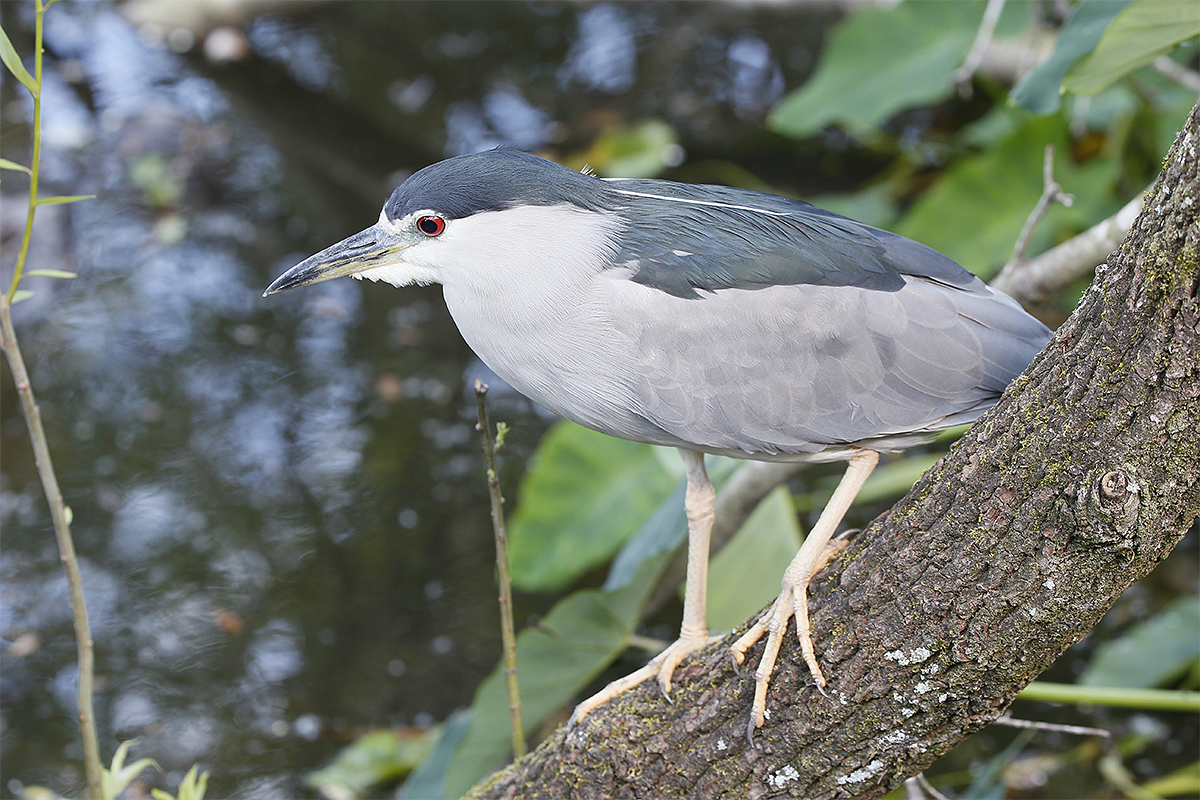
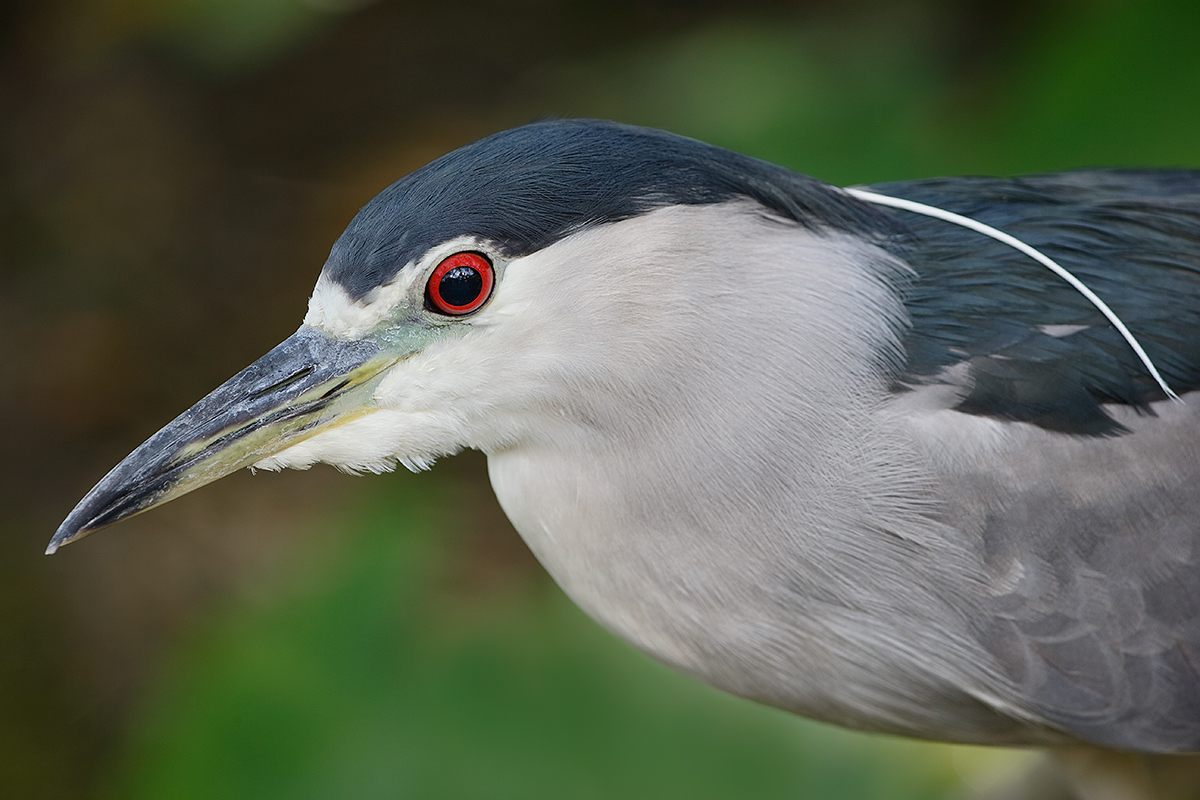
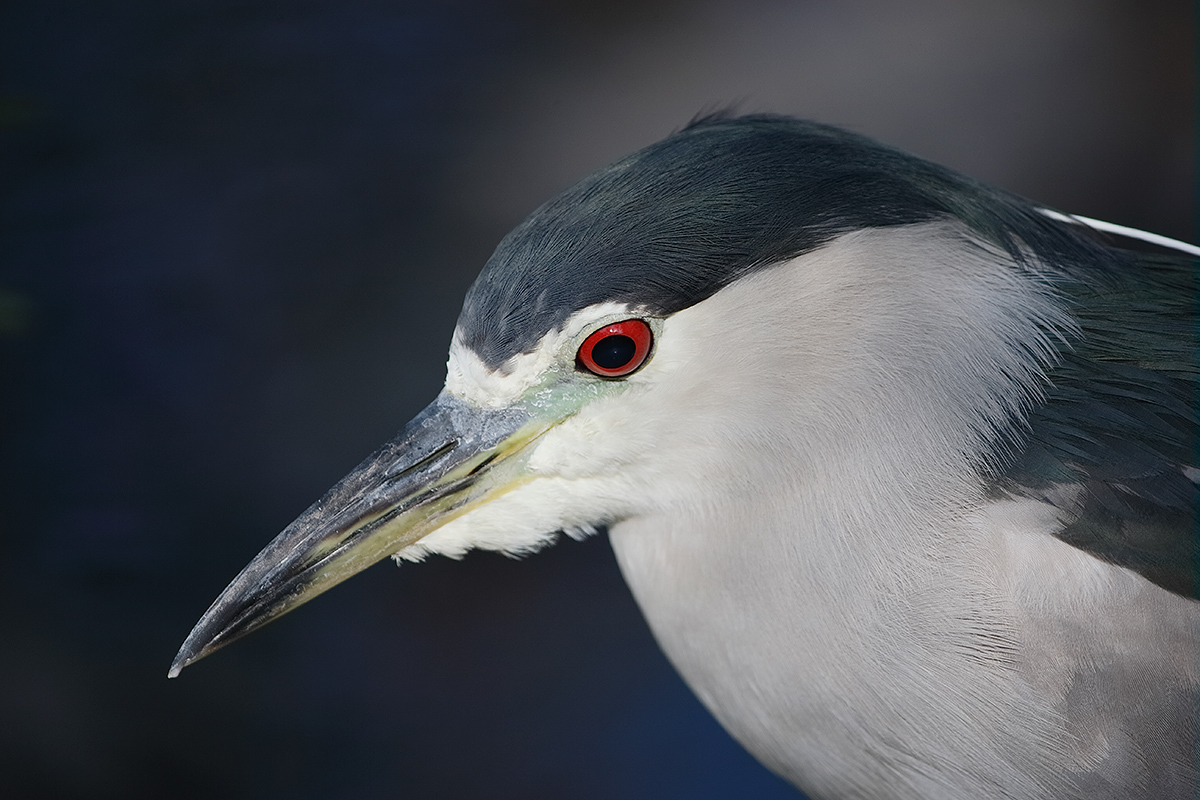
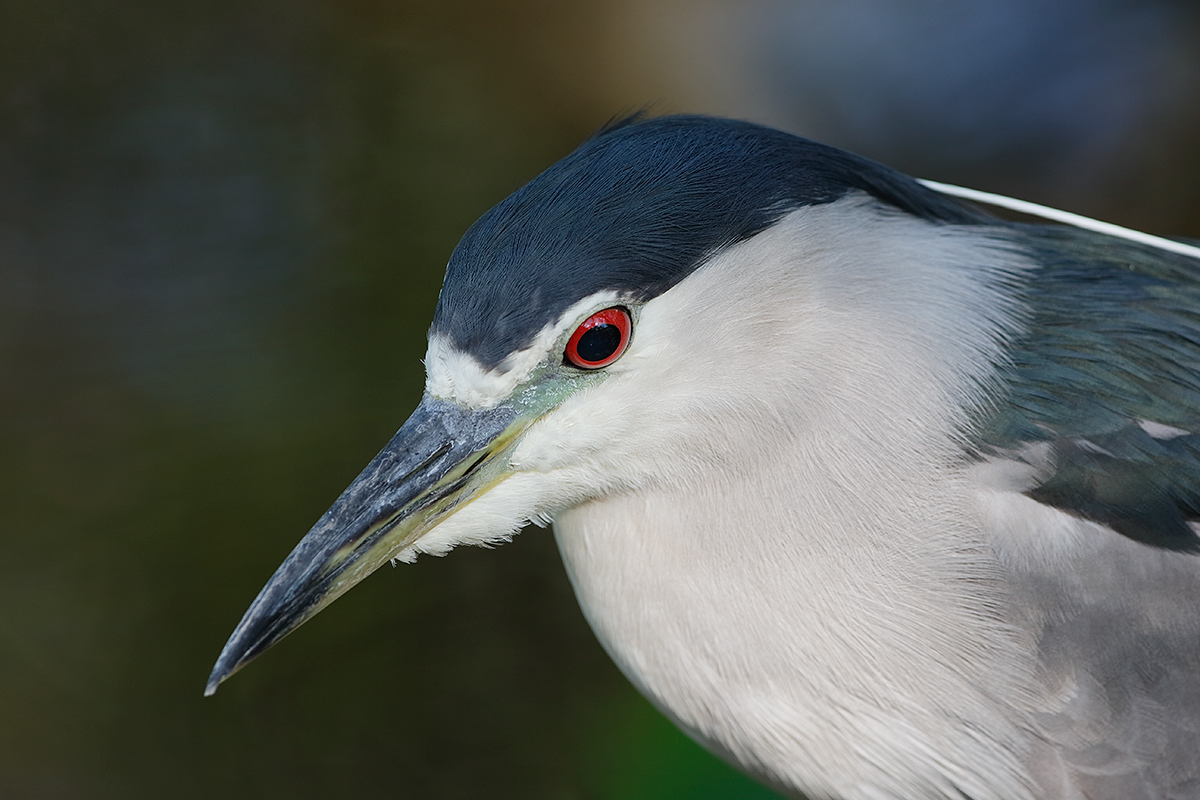
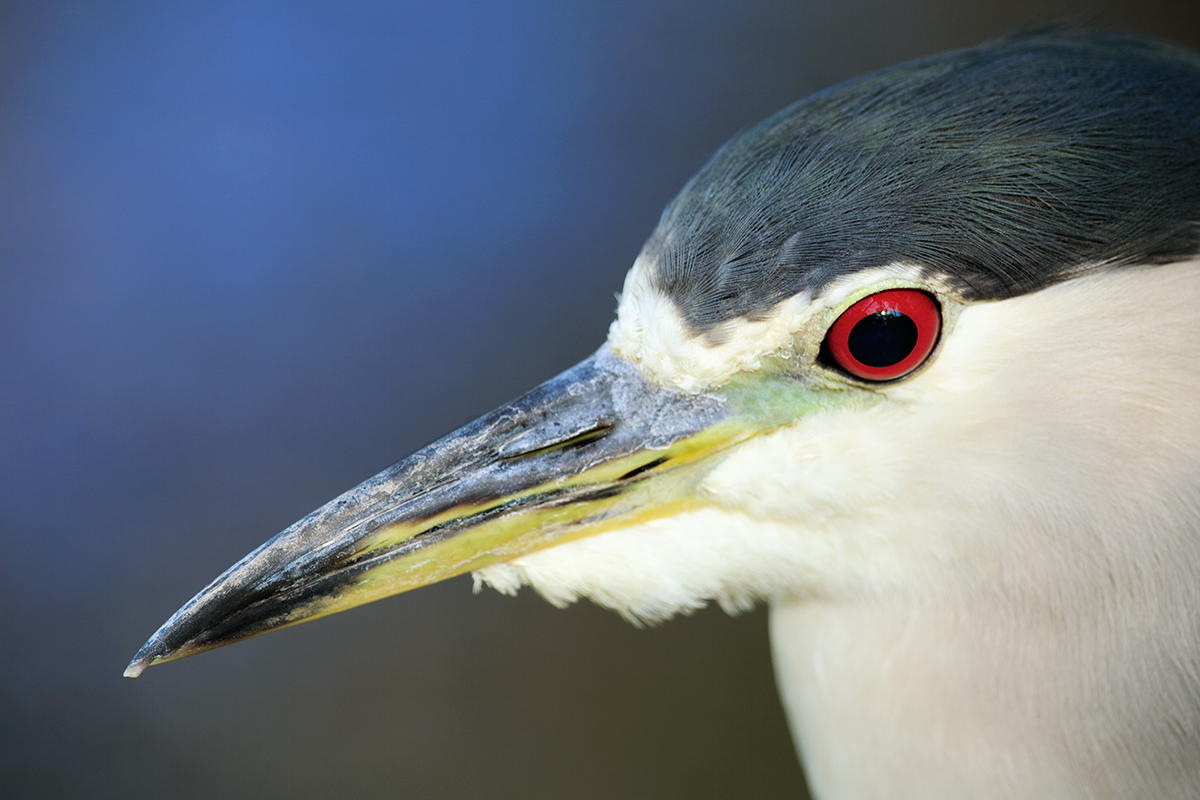
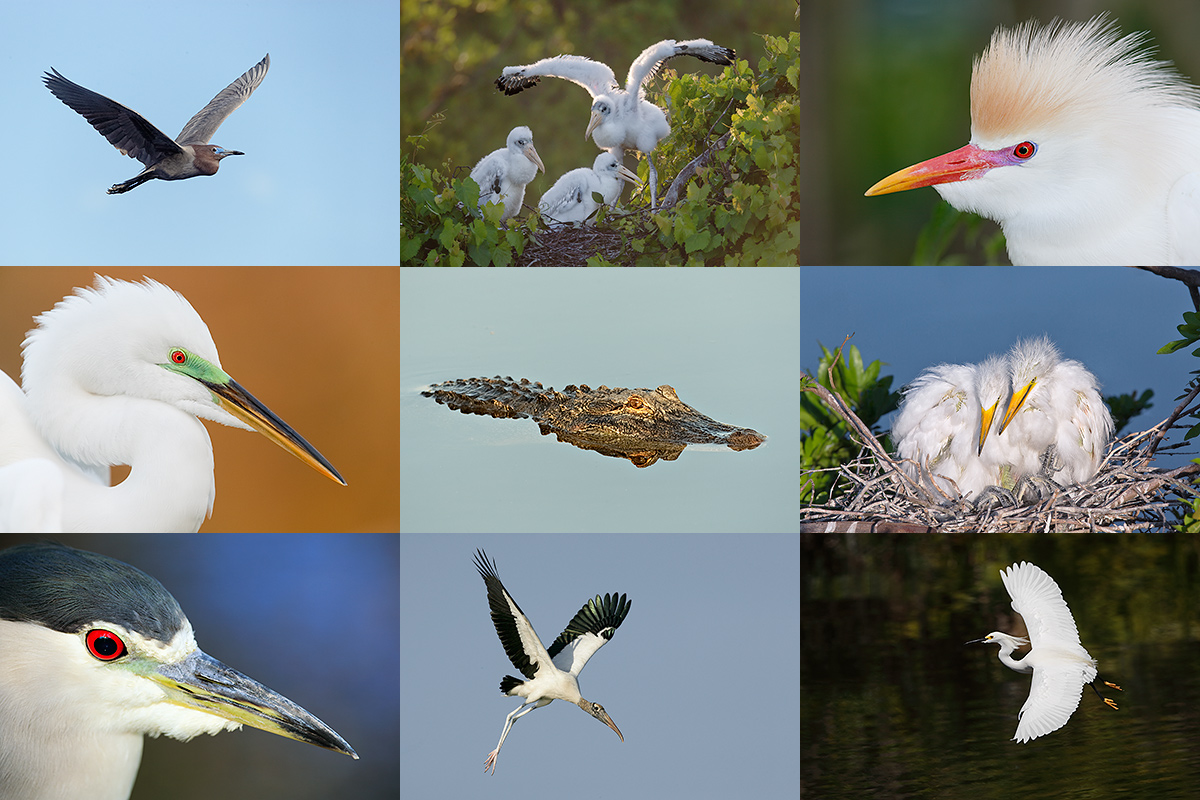













Lovely images of one of my favorite beautiful birds. I also shoot them whenever opportunity comes by.
Perhaps cloudy sky is at times convenient for wildlife photography as the shadow areas are absent on the subject.
What’s your opinion Guru?
I like sun for the first and last 90 minutes of the day. Then cloudy-bright or cloudy for the rest. Given an either/or choice I’d take the clouds by a mile artie
Hi, Artie, and thanks. I was photographing a heron today and moved around for better shots; I don’t know whether I would have before getting the benefits of your wisdom but certainly always do now. My favorites are images 1 and 4. I like 1 for the head angle, the quizzical expression, and the composition and exposure. Image 4 is a very striking tight portrait of a beautiful bird.
Note to self:
When you find a nice subject stop and think what might improve your shots. What different perspectives are possible? (Move around and try them.) What different would shooting tighter or broader make? (Shoot and see.) Is the exposure exactly right for the most imporant parts of the shot? (Make sure.) What differences would be made by more or less DOF? (Try but don’t evaluate until you have a big screen.)
Thanks for another lesson!
Hey George, All good! Have you been back to Morro Bay since the IPT? artie
Thanks very much for this especially helpful installment in the instruction you so generously give! Best wishes.
You are most welcome. It’s my job. Please remember to use our affiliate links when you order new gear :). artie